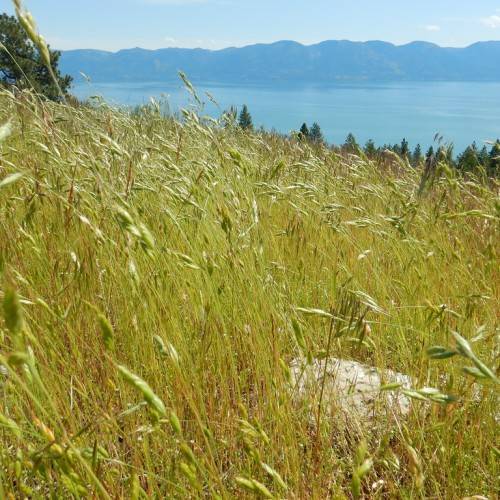
Soft Brome
Bromus hordeaceus
Watering:
Minimal
Hardiness Zone:
Sun:
full sun,part shade
Leaf:
Yes
Growth Rate:
Low
Drought Tolerant:
Yes
Salt Tolerant:
Yes
Invasive:
Yes
Care Level:
Medium
watering
Ripgut Brome can be watered once a week in the spring and summer months, and then every few weeks in the autumn and winter. In general, it will need about 1-2 inches of water each week. During times of extreme heat, it may need more frequent watering, such as twice a week. It is important to make sure the plant does not dry out, and to check the soil to determine when it is time for watering. Avoid drowning the plant in water, as this can cause root rot.
sunlight
Ripgut Brome (Bromus diandrus) is a plant species native to much of the western and central parts of North America. It requires full sun to thrive, meaning that it needs 8 to 10 hours of direct sunlight from sunrise to sunset every day. In some regions of its natural distribution, Ripgut Brome may experience prolonged periods of cloud cover, making the need for ample sunlight essential to its survival. Although this species can tolerate partial shade, exposure to direct sunlight is important for successful growth and reproduction. In addition, Ripgut Brome also needs to be provided with adequate amounts of soil moisture to avoid dehydration and wilting.
pruning
Ripgut Brome is best pruned in late winter or early spring, before new growth appears. Depending on the vigor of the plant, it may require pruning every 2 to 3 years. When pruning, be sure to remove dead or diseased branches, or any branches which have not been properly trained for the desired shape. Pruning should not exceed more than 1-third of the total growth, and should always be done selectively. The remaining branches should be cut back to just above any emerging new growth or lower buds. This will help promote additional new growth and fill out the plant.
